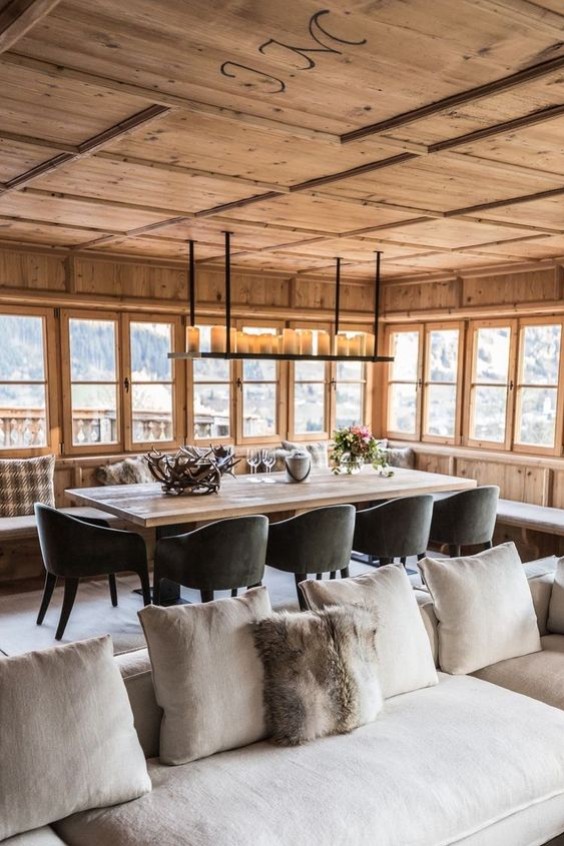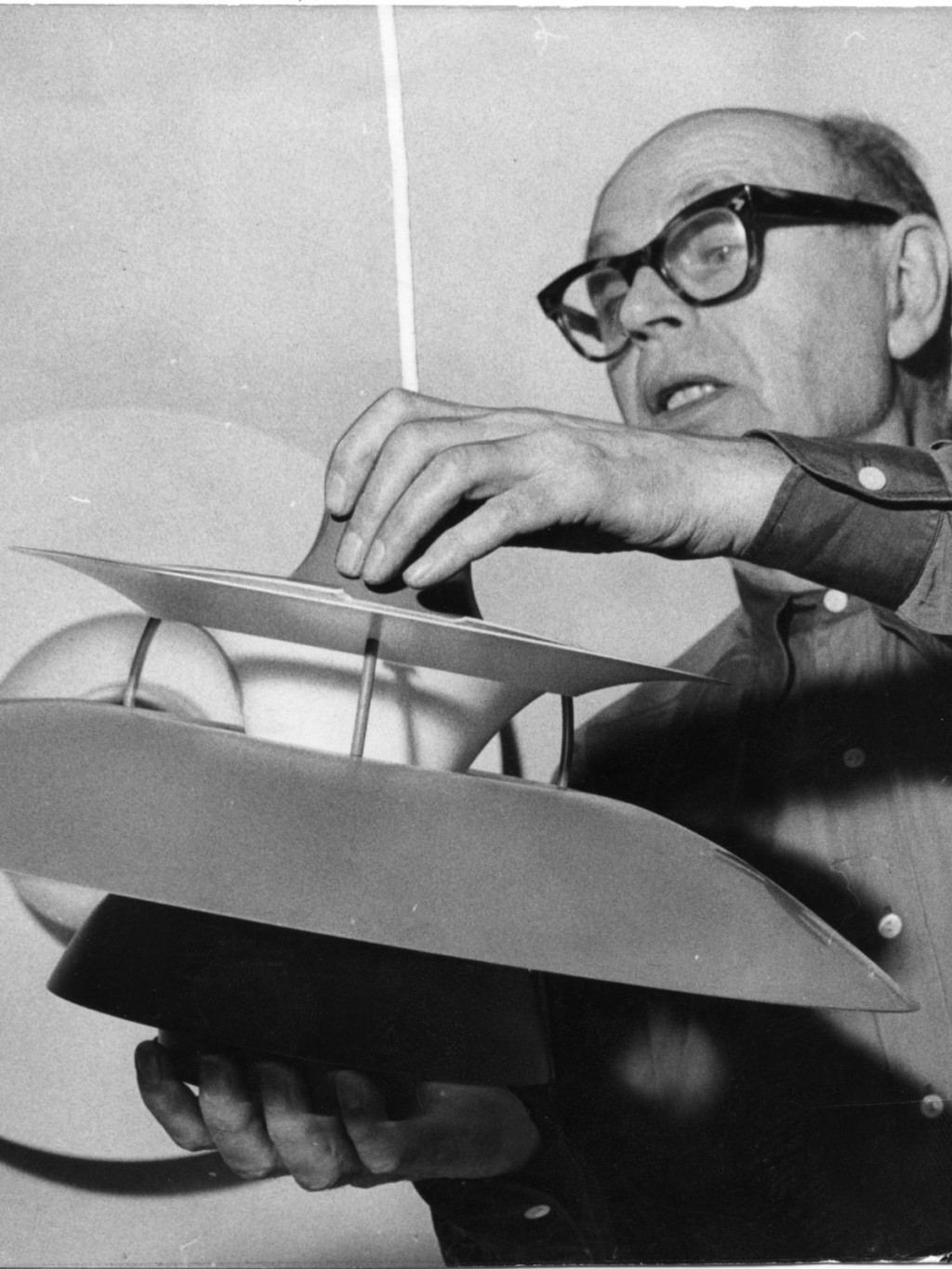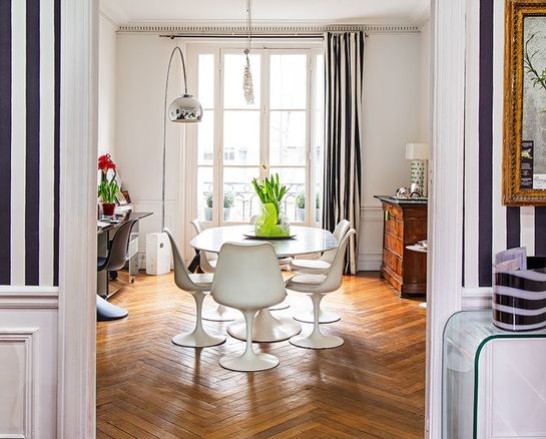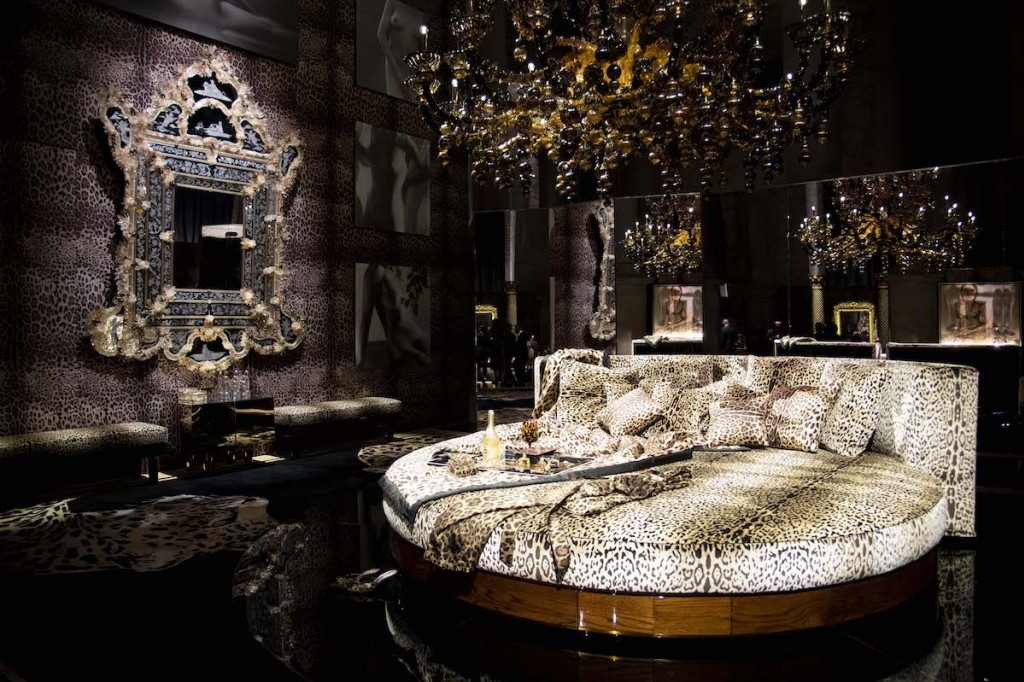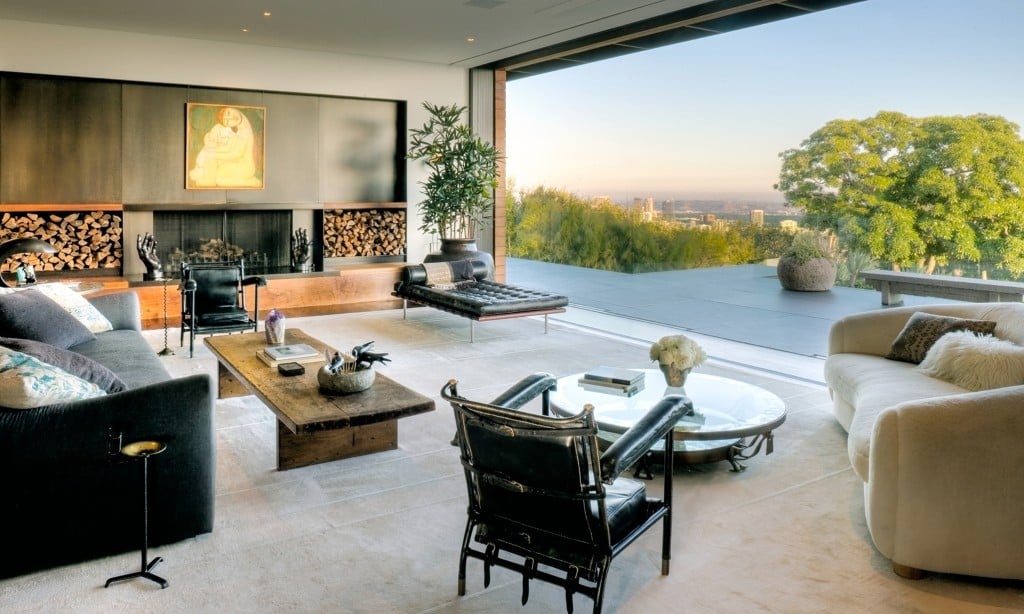Three years ago, the city of Utrecht in the Netherlands celebrated the centenary of the founding of the De Stijl ("The Style" in Dutch) movement. An artistic and avant-garde movement founded in 1917 by the painter, architect and art theorist, Theo van Doesburg, De Stijl influenced the architecture and urbanism of the 20th century and breathed new life into painting with the desire to create an abstract and codified language, whose great figure was Piet Mondrian. A movement born in Holland, these representatives, painters, architects, sculptors and poets, contemporaries of the Bauhaus School, spread their ideas over a period of fifteen years, in search of a universal harmony integrating all arts. Their desire: to destroy the "baroque", that is to say the will to end decorative architecture by using "pure" colors and forms. A look back at an unusual adventure and its protagonists...
The initiator of this movement, Theo van Doesburg (1883-1931), was a painter by training and expressed himself in a naturalist style until 1915. A major encounter was to change his aesthetic and intellectual vision of the major arts. In 1915, he discovered the work of his compatriot Piet Mondrian (1872-1944). A shock with a painting that is no longer figurative and already abstract. The latter, who discovered the bold cubism of Picasso and Braque, gradually turned to abstract art, then in full bloom.

For his part, Piet Mondrian was inspired by a painting by his compatriot Bart van der Leck (1876-1958), The Tempest(1916), which was already following some of the precepts of what was to become the De Stijl manifesto. In particular, Piet Mondrian has the idea of reducing the colors of his next paintings to only 3 primary colors (red, yellow, blue) that appear in the painting of van der Leck (in addition to black). He defines what he calls neoplasticism, the practice of abstract, austere and geometric art.
In 1917, Theo van Doesburg officially founded De Stijl with Piet Mondrian and Bart van der Leck, but also with the Hungarian painter and designer Vilmos Huszár (1884-1960), the Belgian artist and sculptor Georges Vantongerloo (1886-1965), the Dutch architects Robert van' t Hoff (1887-1979), Jacobus Johannes Pieter Oud (J.J.P. Oud, 1890-1963), Jan Wils (1891-1972), and the poet and writer Antony Kok (1892-1969). In doing so, Van Doesburg launched the group's manifesto journal, De Stijl, which would endure until his death in 1931, a year that marked an end to the De Stijl adventure.



What guideline(s) do the movement's actors claim? They wish to build a total work of art, via a multidisciplinary approach in the search for an art that can intervene in all aspects of life. Concretely, their ideas are manifested by the unique use of "pure" colors (blue, yellow, red) and non-colors (white, gray, black), applied in flat (uniform color and luminosity); the use of lines and combinations of colors on flat surfaces, the exclusive use of straight and orthogonal lines, shapes limited to rectangles and squares and a space energized by the play of diagonals.



The rules enacted by the De Stijl movement were to influence the Bauhaus style, the international style in architecture, right up to major personalities of the time such as Le Corbusier or Robert Mallet-Stevens. Thus, in 1921, Theo van Doesburg organized a course on the theories of De Stijl ("Stijl-Kursus") outside the Bauhaus, at the request of students and teachers. Architects Walter Gropius and Mies van der Rohe are seduced by the ideas of the movement, which wants to combine the visual arts with architecture, graphics, typography and design, with the aim of improving the living environment of modern man.

If Theo van Doesburg is the theorist and animator of the movement through the journal De Stijl, and Piet Mondrian his best-known representative for his painting that sublimates reality by the sheer force of geometric lines and 3 primary colors, the third key figure of the movement is Gerrit Rietveld (1888-1964). This designer, architect, and cabinetmaker, originally from Utrecht like van Doesburg, would create buildings and furniture in the 1920s that were faithful to the theories developed by De Stijl.
In 1918, when he knew nothing of the Dutch avant-garde, Gerrit Rietveld designed the Red and Blue Chair. It was in 1919 that he met the creators of the movement that he joined.Five years later in 1923, he applied the principles of De Stijl by lacquering the seat with the 3 fundamental colors. True to the minimalism advocated by De Stijl, the Red and Blue Chair becomes a major piece of the movement and is considered today as one of the most emblematic pieces of 20th century design. It redefined modernity for the time.




In 1924, Gerrit Rietveld was commissioned by Truus Schröder, a pharmacist by trade and involved in the De Stijl movement, to design her house, which became the Rietveld Schröderhuis ("Rietveld's Schröder House") in Utrecht. Gerrit Rietveld will apply the principles of De Stijl there. The project is an asymmetrical assembly of simple elements and enhanced by the primary colors, blue, red and yellow. Rietveld seeks to make a synthesis of the arts between painting, sculpture and architecture. He uses the straight line and the right angle, creates modular living spaces, like a Mondrian painting. The windows are large openings facing outward to let the interior space bathe in light.




Another exemplary architectural achievement of the de Stijl style: the renovation of the Aubette on Place Kléber in Strasbourg. Jean Arp and his wife Sophie Taeuber-Arp were given the task of modernizing the right wing of the building, which had become a dilapidated leisure center. They asked their friend Theo van Doesburg to help them with the interior design. Van Doesburg and the Arps agreed to create a harmonious whole according to the rules of De Stijl. The construction, which stretched from 1926 to 1928, gave birth to a new kind of leisure complex...




A realist and somewhat utopian manifesto, dissensions of a theoretical nature gradually fragmented De Stijl, which disappeared with the death of Theo van Doesburg. It remains that for the time, De Stijl was terribly modern, it announced the victory of the international style. In any case, De Stijl continues to fascinate art and design lovers, and still influences contemporary designers.
François Boutard

